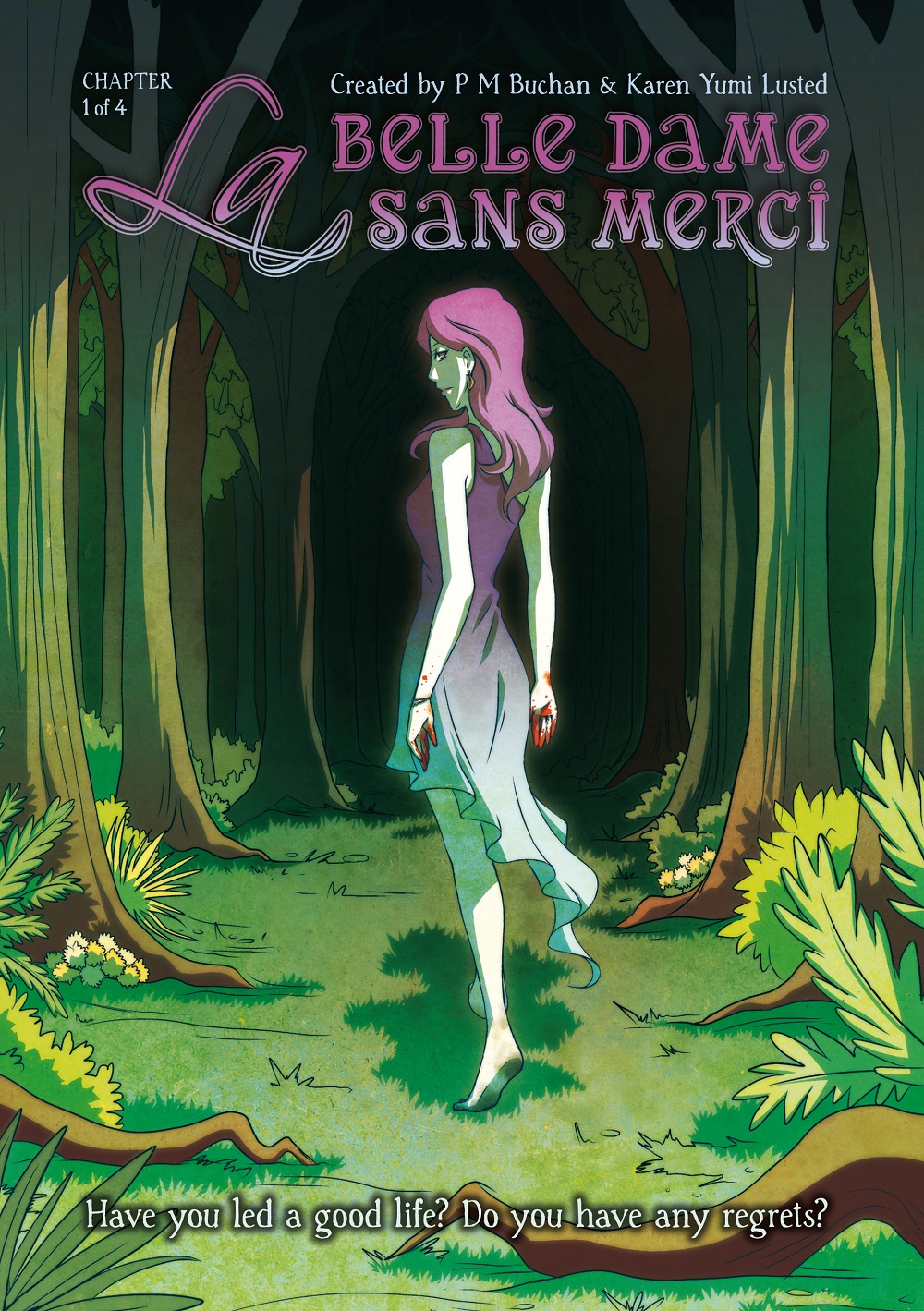Introduction:
“La Belle Dame sans Merci,” a ballad penned by the renowned Romantic poet John Keats in 1819, stands as a timeless and haunting exploration of love, illusion, and the transient nature of human experience. This enigmatic poem, steeped in medieval mythology and Romantic aesthetics, has captivated readers for centuries with its ethereal beauty and melancholic undertones. In this comprehensive review, we will delve into the layers of “La Belle Dame sans Merci,” deciphering its themes, unraveling its narrative, and exploring the poetic craftsmanship that elevates it to a masterpiece of Romantic literature.
Section 1: Poet and Poem Background
John Keats, a central figure in the second generation of Romantic poets, is celebrated for his richly sensual and emotionally charged poetry. “La Belle Dame sans Merci” was written during the spring of 1819, a year that marked the culmination of Keats’s poetic prowess. The poem draws inspiration from medieval ballads and reflects the Romantic fascination with the mysterious, the supernatural, and the sublime.
Section 2: The Ballad Structure and Romantic Aesthetics
“La Belle Dame sans Merci” adopts the ballad form, a narrative style characterized by simplicity, repetition, and a distinctive musical quality. Keats, however, infuses this traditional form with his Romantic sensibilities, introducing themes of enchantment, unfulfilled love, and the transient nature of beauty. The ballad structure, combined with Romantic aesthetics, creates a haunting atmosphere that lingers throughout the poem.
Section 3: Unraveling the Narrative
The narrative of the poem unfolds through a dialogue between the unnamed speaker, a weary knight, and the eponymous “Belle Dame sans Merci,” which translates to “The Beautiful Lady without Mercy.” The knight, alone and desolate in a barren landscape, recounts his encounter with the enchanting lady. Through his narrative, readers are drawn into a world where love and beauty mask a deeper, more ominous reality.
Section 4: Themes of Love and Illusion
At its core, “La Belle Dame sans Merci” explores the deceptive allure of love and the ephemeral nature of beauty. The knight, once captivated by the beauty of the mysterious lady, finds himself ensnared in an illusion that leads to his eventual desolation. Keats delves into the Romantic theme of the tension between idealized love and the harsh realities of human experience, suggesting that love, when divorced from truth, can become a destructive force.
Section 5: Medieval Imagery and Mythological Allusions
The poem is steeped in medieval imagery and mythological allusions, adding a layer of complexity to its narrative. The knight’s description of the lady as a “faery’s child” and the reference to her “elfin grot” evoke a sense of otherworldliness. The use of archaic language and the medieval setting contribute to the poem’s dreamlike quality, transporting readers to a realm where the boundaries between reality and fantasy blur.
Section 6: A Dialogue of Desolation
The dialogue between the knight and the lady unfolds as a melancholic exchange, marked by the knight’s lamentations and the lady’s cryptic responses. The lady’s “wild wild eyes” and the knight’s enthrallment with her “sweet moans” create an eerie and unsettling atmosphere. The conversation becomes a dance between desire and disillusionment, as the knight’s initial enchantment transforms into a haunting realization of his own impending doom.
Section 7: The Symbolism of the Landscape
The desolate landscape that serves as the backdrop for the encounter between the knight and the lady becomes a symbolic canvas for the themes of decay and transience. The “sedge” and “pale kings and princes too” allude to the passing of time and the inevitability of mortality. Keats employs the Romantic fascination with nature as a mirror to the human condition, using the landscape to echo the knight’s emotional desolation.
Section 8: Literary and Artistic Influences
“La Belle Dame sans Merci” bears the imprint of Keats’s literary and artistic influences, reflecting his engagement with medieval ballads, Arthurian legends, and the Pre-Raphaelite Brotherhood. The poem’s echoes of the Gothic and Romantic traditions contribute to its rich tapestry of allusions and references, aligning it with the broader cultural currents of the early 19th century.
Section 9: Musical Adaptations and Popular Culture Impact
The enduring appeal of “La Belle Dame sans Merci” is evident in its frequent musical adaptations and references in popular culture. Artists across various disciplines have been drawn to the haunting beauty of Keats’s verses, resulting in diverse interpretations that continue to resonate with audiences. The poem’s influence extends into contemporary literature, music, and visual arts, attesting to its enduring relevance.
Section 10: Critical Reception and Scholarly Interpretations
Over the years, “La Belle Dame sans Merci” has been the subject of extensive critical analysis and scholarly interpretations. Critics have explored its themes, dissected its symbolism, and delved into its psychological underpinnings. The poem’s enigmatic nature invites multiple readings, fostering a wealth of scholarly discourse that adds to its mystique and literary significance.
Section 11: Conclusion – A Timeless Enchantment
In conclusion, “La Belle Dame sans Merci” stands as a testament to John Keats’s mastery of poetic expression and his ability to capture the complexities of the human soul. Through its evocative language, haunting imagery, and exploration of universal themes, the poem transcends its time and remains an enduring masterpiece of Romantic literature. Keats’s portrayal of love, illusion, and desolation continues to enchant readers, inviting them to delve into the depths of human emotion and contemplate the ephemeral nature of beauty and desire.
